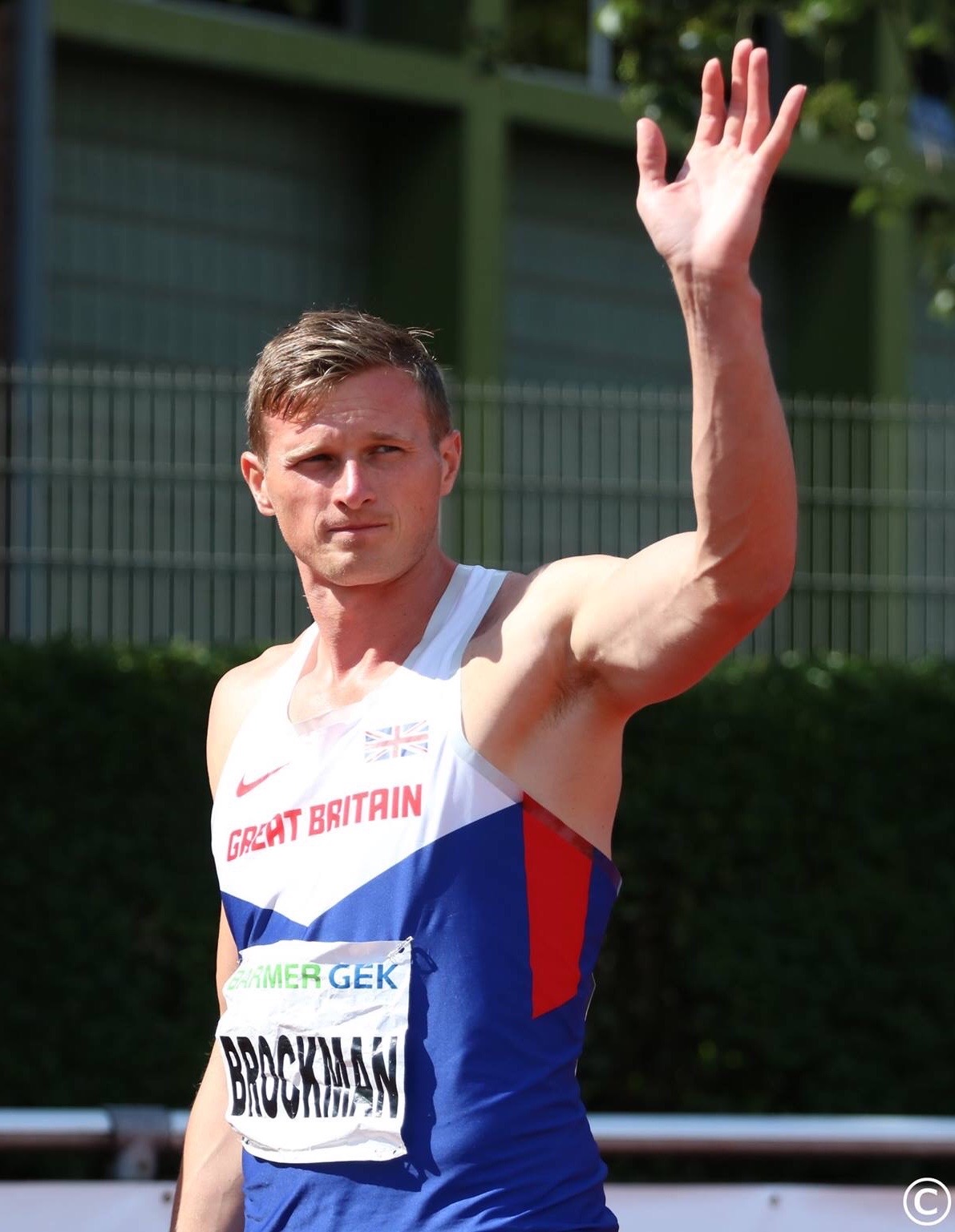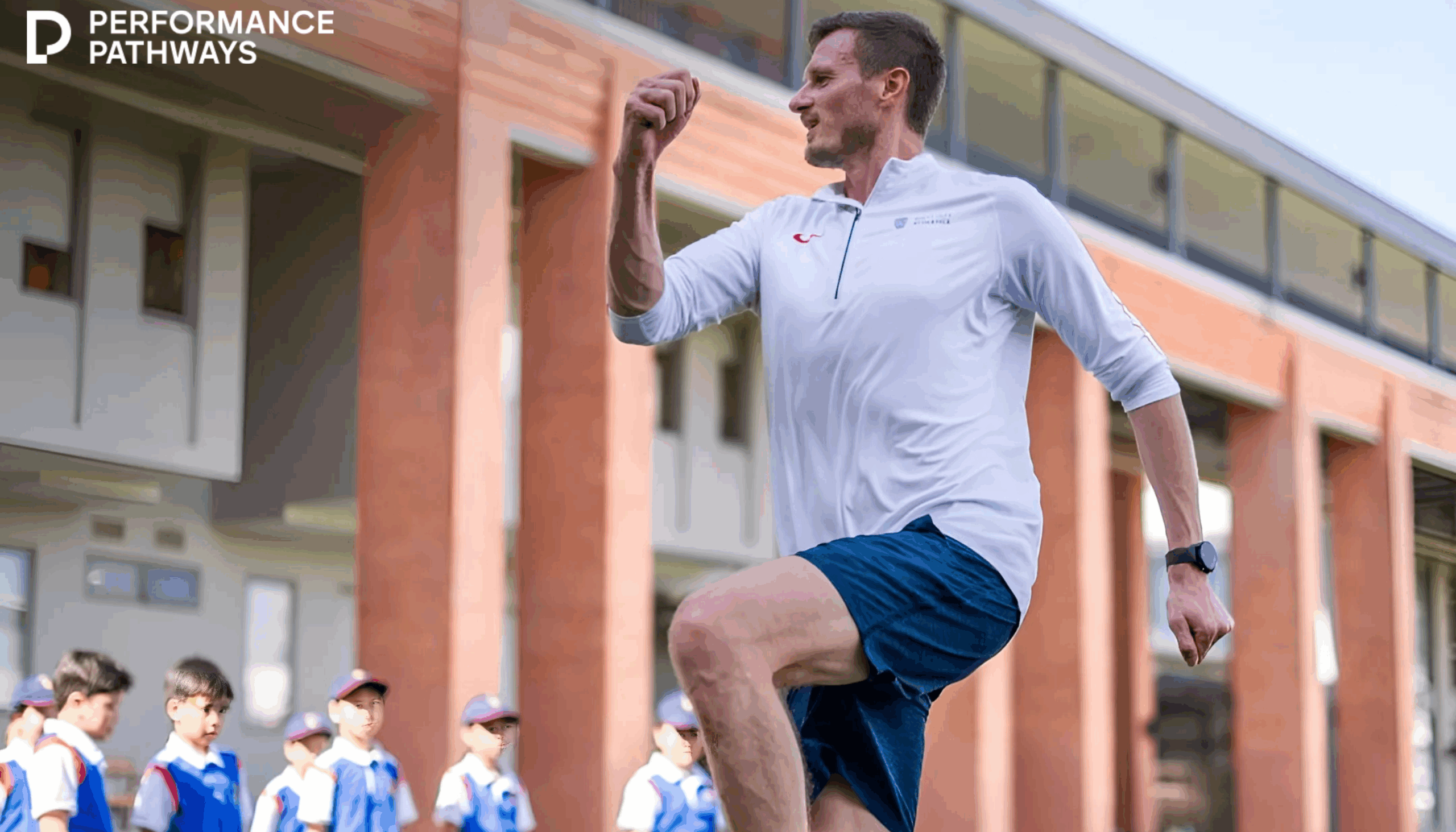𝗧𝗵𝗲 𝗣𝗲𝗿𝗳𝗼𝗿𝗺𝗮𝗻𝗰𝗲 𝗧𝗿𝗶𝗮𝗻𝗴𝗹𝗲: 𝗧𝗵𝗲 𝟯 𝗔𝗿𝗲𝗮𝘀 𝗘𝘃𝗲𝗿𝘆 𝗬𝗼𝘂𝗻𝗴 𝗔𝘁𝗵𝗹𝗲𝘁𝗲 𝗡𝗲𝗲𝗱𝘀
In every sports program, there are students who look like athletes. They move well. They perform drills cleanly. They even win sometimes.
But give them pressure, a different role, or a new opponent, and things fall apart.
Why?
𝗕𝗲𝗰𝗮𝘂𝘀𝗲 𝗽𝗲𝗿𝗳𝗼𝗿𝗺𝗮𝗻𝗰𝗲 𝗶𝘀𝗻’𝘁 𝗼𝗻𝗲-𝗱𝗶𝗺𝗲𝗻𝘀𝗶𝗼𝗻𝗮𝗹.
At Performance Pathways, we believe that to develop students into confident, capable performers—on the field and beyond—we need to build all three pillars of performance:
𝗧𝗲𝗰𝗵𝗻𝗶𝗰𝗮𝗹 𝗗𝗲𝘃𝗲𝗹𝗼𝗽𝗺𝗲𝗻𝘁 (𝘊𝘢𝘯 𝘵𝘩𝘦𝘺 𝘦𝘹𝘦𝘤𝘶𝘵𝘦 𝘵𝘩𝘦 𝘴𝘬𝘪𝘭𝘭?)
𝗣𝗵𝘆𝘀𝗶𝗰𝗮𝗹 𝗗𝗲𝘃𝗲𝗹𝗼𝗽𝗺𝗲𝗻𝘁 (𝘋𝘰 𝘵𝘩𝘦𝘺 𝘩𝘢𝘷𝘦 𝘵𝘩𝘦 𝘤𝘢𝘱𝘢𝘤𝘪𝘵𝘺 𝘵𝘰 𝘮𝘰𝘷𝘦?)
𝗣𝗲𝗿𝘀𝗼𝗻𝗮𝗹 𝗗𝗲𝘃𝗲𝗹𝗼𝗽𝗺𝗲𝗻𝘁 (𝘋𝘰 𝘵𝘩𝘦𝘺 𝘩𝘢𝘷𝘦 𝘵𝘩𝘦 𝘮𝘪𝘯𝘥𝘴𝘦𝘵 𝘵𝘰 𝘨𝘳𝘰𝘸?)
These three areas make up what we call the Performance Triangle.
𝗧𝗵𝗲 𝗣𝗿𝗼𝗯𝗹𝗲𝗺 𝘄𝗶𝘁𝗵 𝗢𝗻𝗲-𝗦𝗶𝗱𝗲𝗱 𝗗𝗲𝘃𝗲𝗹𝗼𝗽𝗺𝗲𝗻𝘁
We often see programs over-index in one area:
The technical-heavy approach produces students with good skills—but they break down physically or struggle under pressure.
The fitness-only model builds strong bodies—but offers no tactical understanding or decision-making.
The character-led model nurtures good people—but without structure, students plateau in skill or physical ability.
𝗪𝗵𝗲𝗻 𝗼𝗻𝗲 𝘀𝗶𝗱𝗲 𝗼𝗳 𝘁𝗵𝗲 𝘁𝗿𝗶𝗮𝗻𝗴𝗹𝗲 𝗶𝘀 𝘄𝗲𝗮𝗸, 𝘁𝗵𝗲 𝘄𝗵𝗼𝗹𝗲 𝘀𝘁𝗿𝘂𝗰𝘁𝘂𝗿𝗲 𝗯𝗲𝗰𝗼𝗺𝗲𝘀 𝘂𝗻𝘀𝘁𝗮𝗯𝗹𝗲.
𝗪𝗵𝗮𝘁 𝗕𝗮𝗹𝗮𝗻𝗰𝗲𝗱 𝗗𝗲𝘃𝗲𝗹𝗼𝗽𝗺𝗲𝗻𝘁 𝗟𝗼𝗼𝗸𝘀 𝗟𝗶𝗸𝗲
Imagine a student learning to play volleyball.
They need the technical ability to serve, receive, and attack with control.
They need the physical strength to jump, move quickly, and stay injury-free.
And they need the personal capacity to communicate, stay focused under pressure, and take ownership of improvement.
If just one of these is missing, they won’t perform at their best—or enjoy the journey.
That’s why our lesson plans at Performance Pathways are designed to integrate all three pillars, not separate them.
A warm-up might build physical literacy.
A main activity might focus on skill execution under decision-making pressure.
And a short reflection at the end might help students track their own progress or set a personal challenge.
𝗧𝗵𝗲 𝗧𝗿𝗶𝗮𝗻𝗴𝗹𝗲 𝗮𝘀 𝗮 𝗣𝗹𝗮𝗻𝗻𝗶𝗻𝗴 𝗧𝗼𝗼𝗹
One of the simplest ways to strengthen your teaching is to ask:
“Which side of the triangle am I developing in this lesson?”
“Which side have I neglected over time?”
You don’t need to hit all three pillars in every session—but over the course of a scheme of work, you should see a balanced progression.
We’ve seen incredible results when teachers begin planning this way. Students gain confidence, stay motivated, and improve faster—not because they’re doing more, but because they’re doing what matters most.
Contributors

Martin Brockman
Director of Performance Pathways
Martin Brockman is Director of Brockman Athletics, providing teacher training and track and field teaching resources for schools around the world. Representing Great Britain in the decathlon for almost a decade, Martin achieved a bronze medal at the Commonwealth Games in Dehli, 2010. On retiring from his international career, he moved to the world-leading Aspire Academy in Qatar as the Head of Athlete Development where he designed and implemented the academy athletics program from talent identification through to international athletics.
Athletics
Specialisms
Share this post
Get fresh insights and articles straight to your inbox
By subscribing you agree to our privacy policy.



Comments
You must be signed in to comment